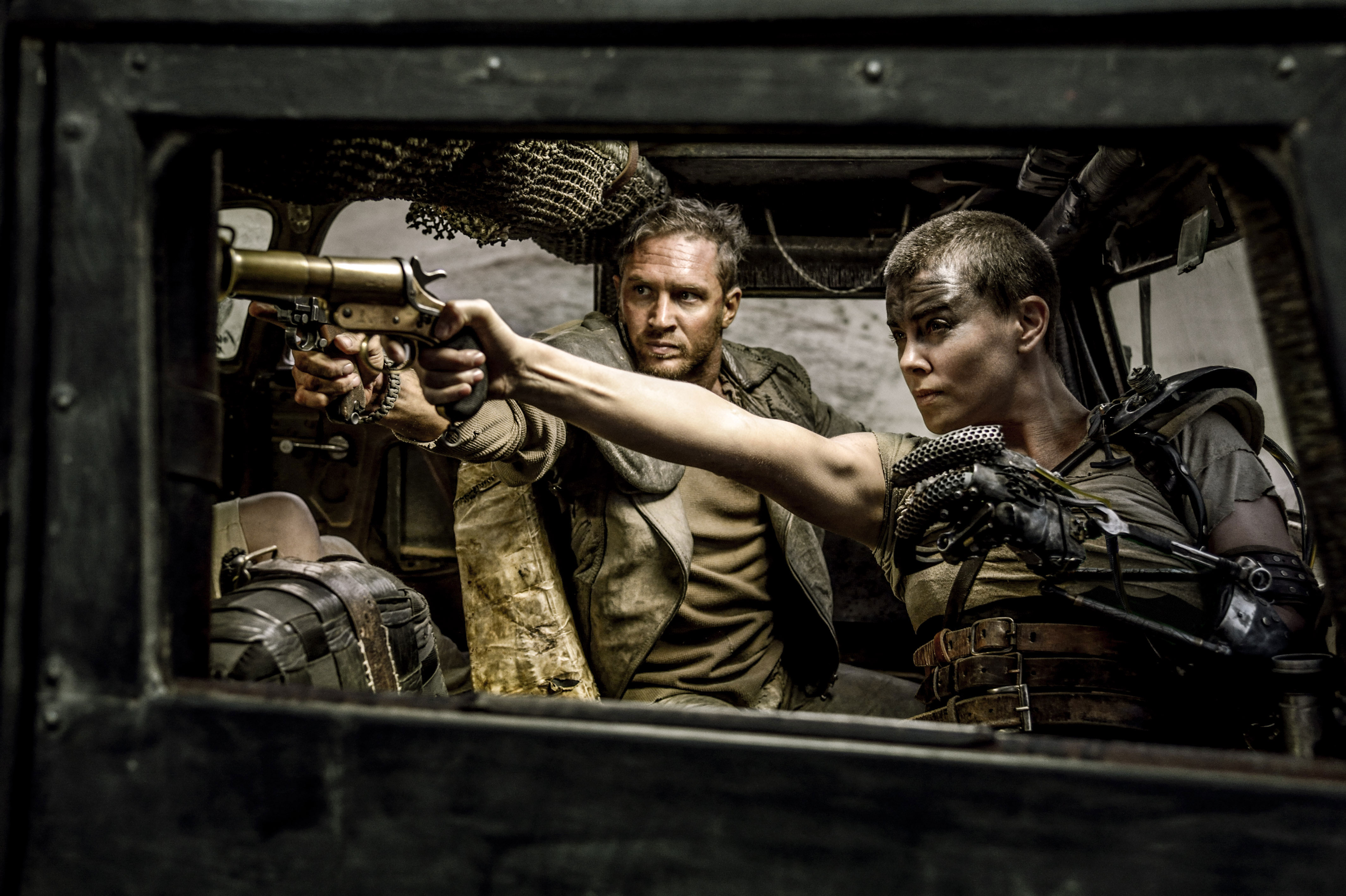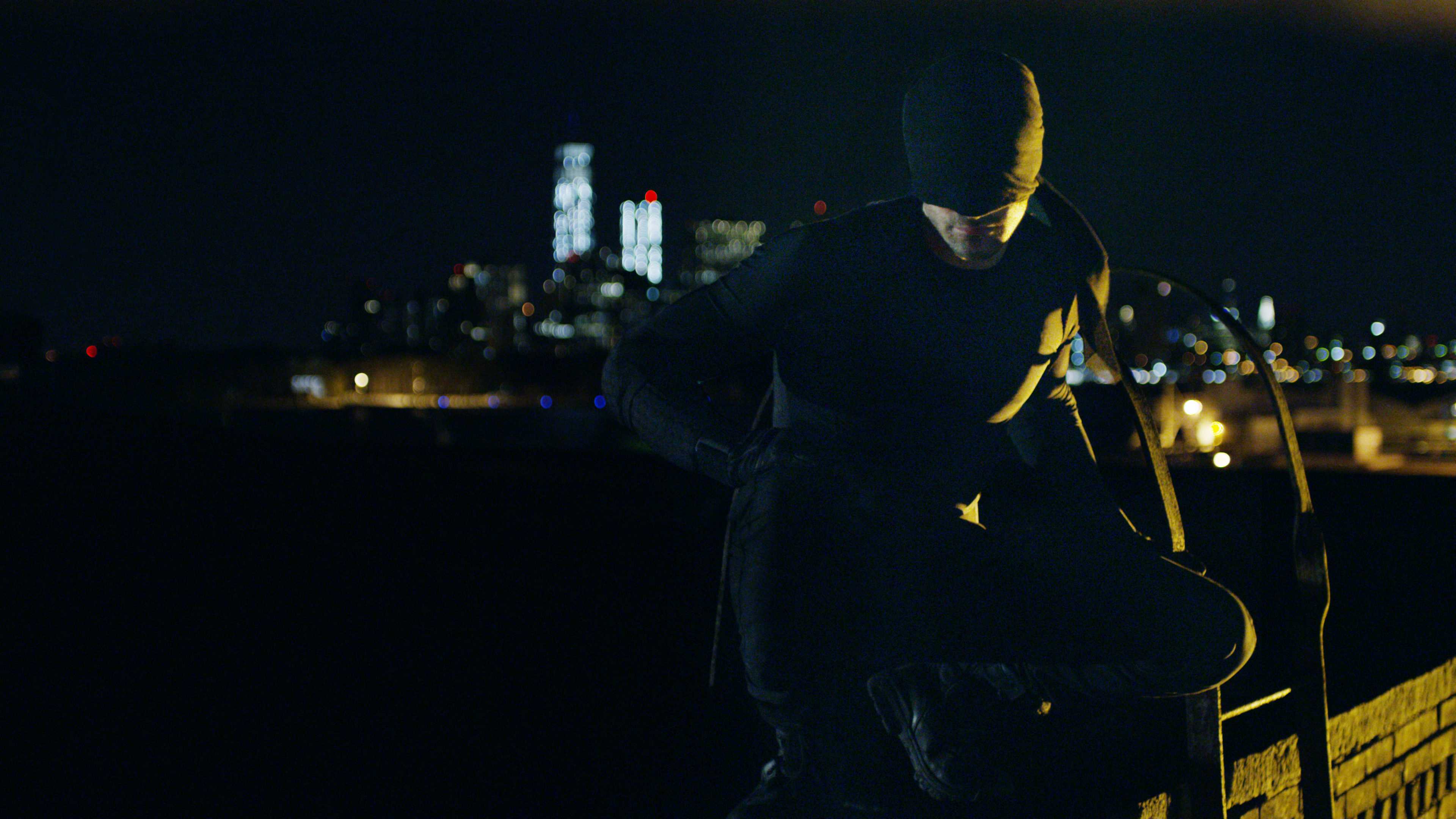 George Miller is not a man who grew up in today’s climate of shoot-first-and-CGI-everything-later. This is a filmmaker who took less than half a million dollars in 1979 and turned it into a classic of vehicular action and destruction, and, with more than ten times that amount for a sequel, created the enduring spectacle that is Road Warrior only two years later. He knows better than anybody that the appeal of those films was the sense of actual danger and destruction, a feeling that can never truly be recreated solely through the use of computers and animation. So, going behind the camera for the first time since 1998, George Miller looked at modern technology and, instead of a crutch, he saw a toolset.
George Miller is not a man who grew up in today’s climate of shoot-first-and-CGI-everything-later. This is a filmmaker who took less than half a million dollars in 1979 and turned it into a classic of vehicular action and destruction, and, with more than ten times that amount for a sequel, created the enduring spectacle that is Road Warrior only two years later. He knows better than anybody that the appeal of those films was the sense of actual danger and destruction, a feeling that can never truly be recreated solely through the use of computers and animation. So, going behind the camera for the first time since 1998, George Miller looked at modern technology and, instead of a crutch, he saw a toolset.
The most immediately apparent modern element in Mad Max: Fury Road is in its attention to color correction. Unlike the earlier films, Fury Road is set in a world oppressed by oranges and yellows, a deserted hellscape its inhabitants are eager to get away from. This is visually portrayed by the cultists’ otherworldly white-colored skin, which contrasts strikingly with its surroundings. The same can be said of the enormous geyser of water Immortan Joe temporarily showers over his followers at the start of the movie. The water is not only refreshing to the thirsty commoners, but to the viewer, replacing the red hues with cool whites and blues. There is a real sense of contrast here.



